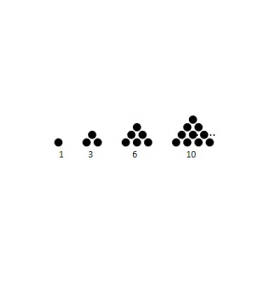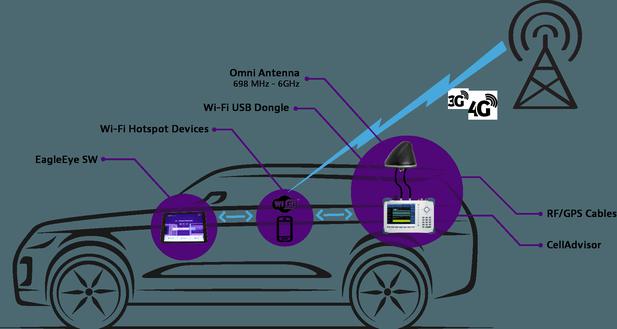Trends and Innovations in Immunogenicity Testing Methods
Immunogenicity testing is evolving rapidly as therapies diversify—from monoclonal antibodies and bispecifics to ADCs, oligonucleotides, and gene or cell therapies. Programs now require greater sensitivity, higher drug tolerance, and assays that mirror the mechanism of action without sacrificing throughput. Emerging platforms, smarter sample prep, and integrated analytics are redefining what’s possible. Below, we highlight the most important trends shaping assay design and validation and how they connect to DMPK decisions on exposure, safety, and dose optimization.

Where Immunogenicity Testing Is Heading & Why It Matters
As pipelines expand and matrices get tougher, the field is doubling down on sensitivity, specificity, and real-world relevance. These innovations show how teams are meeting the challenge.
Ultra-sensitive screening platforms.
Bridging electrochemiluminescence (ECL) remains the workhorse, but digital immunoassays (e.g., single-molecule “digital ELISA”) push detection well below traditional limits. Multiplex bridging formats reduce sample burden while preserving specificity through orthogonal labels. New blockers and engineered diluents blunt heterophile and rheumatoid factor interference, tightening cut-points and stabilizing low-level calls across diverse clinical matrices.
Next-gen drug-tolerance pretreatments.
Excess drug can mask ADAs; modern pretreatments like acid dissociation, ACE, BEAD/SPEAD, and PandA are being miniaturized and automated. Labs now generate full drug-tolerance curves during validation and select the mildest method that restores detectability without inflating background. This is especially valuable for high-dose, long half-life biologics and ADCs where on-therapy samples are drug-rich.

Cell-based NAb assays that mirror the mechanism.
Neutralizing antibody (NAb) testing is moving to MOA-faithful reporter systems, co-cultures, and CRISPR-engineered lines that improve physiological relevance and lot-to-lot stability. Assays are increasingly automated, with standardized positive controls and tighter acceptance criteria. Competitive ligand-binding NAb assays still offer scalable triage, but programs routinely confirm key samples in a cell system to anchor clinical interpretation.
Orthogonal analytics integrated with DMPK.
To explain exposure shifts, teams combine ADA/NAb outcomes with: SPR/BLI for binding kinetics and epitope insight; LC-MS/MS for intact drug/metabolites; and ICP-MS/MS for element-specific confirmation of ADC payloads or radiometal surrogates. This triangulation is powerful in CNS studies that rely on tiny CSF volumes after it injection, where orthogonal measurements corroborate linker stability, distribution, and true neutralization risk.
Statistics, automation, and real-time QC.
Cut-point setting is moving beyond simple percentiles to robust, model-based approaches that incorporate plate/lot effects and longitudinal drift. Automated internal standardization, dynamic plate maps, and real-time rule checks (blanks, QCs, CCVs) reduce reruns. Cloud LIMS links eSource, audit trails, and analytics, making datasets inspection-ready while preserving traceability across global sites.
Sample-sparing and decentralized strategies.
Dried blood spots, volumetric absorptive microsampling (VAMS), and low-volume serum or CSF workflows (tens of microliters) are enabling pediatric studies and decentralized trials. Validations now emphasize stability (freeze–thaw, shipping), matrix selectivity, and reinjection reproducibility at micro-volumes—without sacrificing sensitivity or drug tolerance.
Target tolerance and interference management.
Soluble targets and multimers can create false positives (bridging artifacts) or false negatives (steric hindrance). Target-blocking antibodies, immunodepletion, or enzymatic trimming increase “target tolerance” and clarify true ADA status. For immune-cell–engaging drugs, multiplex cytokine-release panels (aligned with NMPA expectations) are increasingly built into the overall risk assessment.
Conclusion
In summary, immunogenicity testing is becoming more sensitive, more drug-tolerant, and more connected to mechanism and exposure. Digital and multiplex screening, MOA-aligned NAb assays, smarter pretreatments, and orthogonal analytics (including ICP-MS/MS for ADCs) deliver clearer answers from smaller samples. Layer on rigorous statistics, automation, and decentralized sampling, and you get assays that scale globally while staying clinically meaningful. The payoff is faster, more confident decisions about efficacy, safety, and dose, which is exactly what modern development demands.








